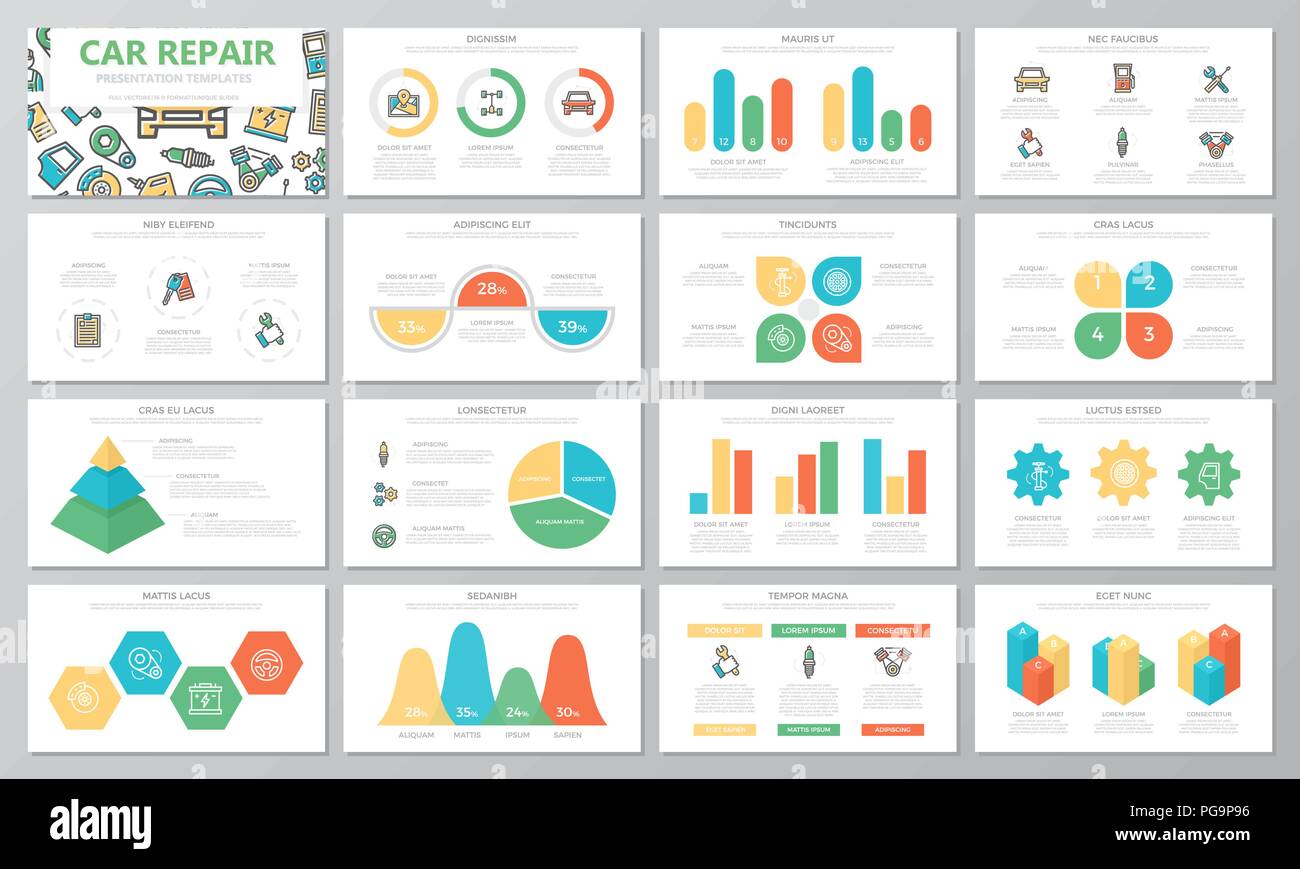Interested About Those Dashboard Caution Lights In Your Automobile? Figure Out What They Indicate For Your Vehicle'S Health And Safety
Interested About Those Dashboard Caution Lights In Your Automobile? Figure Out What They Indicate For Your Vehicle'S Health And Safety
Blog Article
Author-Lauritsen Shepherd
When you lag the wheel, those glowing caution lights on your dashboard can be a bit bewildering. Do you understand what they're attempting to tell you regarding your car's health and wellness? Comprehending the relevance of these lights is important for your safety and security and the long life of your vehicle. So, the following time one of those lights appears, wouldn't you wish to analyze its message precisely and take the essential steps to resolve it?
Common Warning Lighting and Interpretations
Determine typical caution lights in your auto and understand their definitions to ensure risk-free driving.
The most regular caution lights consist of the check engine light, which indicates problems with the engine or discharges system. If this light begins, it's critical to have your car examined without delay.
The oil stress advising light suggests low oil pressure, requiring immediate attention to stop engine damage.
A blinking battery light might suggest a defective charging system, potentially leaving you stranded if not dealt with.
The tire stress surveillance system (TPMS) light alerts you to low tire stress, impacting lorry security and fuel performance. Ignoring this can cause dangerous driving conditions.
The abdominal light suggests an issue with the anti-lock stopping system, endangering your ability to quit quickly in emergency situations.
Lastly, the coolant temperature alerting light warns of engine overheating, which can lead to severe damages otherwise solved promptly.
Comprehending these common caution lights will help you attend to concerns without delay and maintain safe driving problems.
Value of Prompt Interest
Recognizing the typical warning lights in your cars and truck is just the primary step; the significance of promptly attending to these warnings can't be emphasized sufficient to guarantee your safety and security on the road.
When a warning light brightens on your control panel, it's your vehicle's means of communicating a potential issue that requires focus. Overlooking these cautions can lead to more serious problems down the road, endangering your safety and security and possibly costing you much more in repairs.
Motivate interest to warning lights can prevent failures and crashes. For example, a blinking check engine light could suggest a misfire that, if left ignored, could cause damages to the catalytic converter. Resolving this quickly can conserve you from a costly repair service.
Likewise, a brake system alerting light may signify reduced brake liquid or used brake pads, crucial parts for your safety when driving.
Do It Yourself Troubleshooting Tips
If you see a caution light on your control panel, there are a couple of do it yourself repairing pointers you can attempt prior to looking for professional help.
just click the up coming website is to consult your car's manual to understand what the specific warning light shows. Sometimes the problem can be as simple as a loose gas cap setting off the check engine light. Tightening the gas cap may fix the issue.
car coating is a reduced battery, which can trigger different alerting lights. Examining the battery links for rust and guaranteeing they're safe might repair the trouble.
If a caution light continues, you can attempt resetting it by detaching the car's battery for a couple of minutes and after that reconnecting it. In addition, checking your car's liquid levels, such as oil, coolant, and brake liquid, can help fix warning lights connected to these systems.
Final thought
In conclusion, understanding your auto's warning lights is important for maintaining your automobile running efficiently and safely. By quickly attending to these informs and understanding what they mean, you can avoid pricey repairs and potential malfunctions.
Keep in mind to consult your vehicle's guidebook for particular details on each warning light and do something about it appropriately to make sure a trouble-free driving experience.
Keep educated, stay risk-free when driving!
